The historic palm trees that for the past century had lined Refugio State Beach’s shoreline are gone.
The popular state beach on Santa Barbara County’s Gaviota Coast was closed indefinitely in February following a winter of intense storms that battered the coastline. Efforts to repair a damaged culvert system began early this month, but plans to save the beach’s historic palms — whose root system had become severely eroded — did not make the cut.
“It’s a travesty,” said Tom Modugno, lifelong Santa Barbara resident and author of the Goleta History blog. “I’ve spent my whole life here, and this beach was such a big part of it.”
First planted in the 1920s by Nelson Rutherford, the array of palm trees drew a significant number of people to the area, as was the goal of planting such a picturesque landscape. Since then, the Refugio State Beach has gained immense popularity with campers, fishers, surfers, and snack-bar frequenters.

But in 2016, Rutherford’s palms started toppling into the ocean and drifting out to sea. Harsh winter storms hit the coast hard, eroding the ground beneath the trees until they were hanging onto land by a thread or succumbing to their injuries completely.
Many Santa Barbara residents at the time, including Modugno, questioned if there was a way to replant the palm trees farther back or relocate them entirely — if nothing else, to preserve their historical and sentimental value. According to Modugno, this has been done before.
“After a big El Niño year in the 1980s … [the palms] were dug up and relocated for another generation to enjoy. And it wasn’t that difficult,” Modugno wrote on his Goleta History blog. “So if it was done before, it could have been done again, right? One would think.”
However, recent assessments of the palms directly on the shoreline revealed that only 20 percent of their root systems were still intact, leaving them unstable and unsafe, said Dena Bellman, district superintendent of California State Parks. That assessment deemed the trees ineligible for replanting by State Parks due to their slim chance of survival in this state.

After this winter’s storms put 10 more palms in the ocean, Bellman made the call last month to cut down an additional 14 trees over concerns that they may fall and injure beach-goers — who have been allowed to walk into the park, despite its closure. A graveyard of stumps now lines the shore — a reminder of the postcard that Refugio once was.
“This is a time for grief over these trees,” said Bellman. “We, at Parks, are grieving as well.”
Further storm damages have continued to delay the park’s reopening. An eroded culvert system was affected by April’s storms, causing water to flow around the pipe instead of through it. As a result, multiple sinkholes appeared — one directly at the park’s vehicle entrance — causing a “hard road closure” on April 10, according to Bellman. Starting on June 5, construction crews have been on-site repairing the sinkholes and culvert system.
“There are many variables in construction of this type; however, the current projected timeline has project completion sometime early this summer,” said Jorge Moreno, the public information officer for California Parks.
In the meantime, neighboring Gaviota State Park and El Capitan State Beach remain open to the public.
As for the trees, Bellman says that updates are underway to the State Parks General Plan in light of increased coastal erosion due to climate change. “There may be opportunities to keep the historic character of the site, which could include replanting,” said Moreno.
The public can fill out a Visitor Experience Survey, which California Parks will use to inform the General Plan Update.
This article was underwritten in part by the Mickey Flacks Journalism Fund for Social Justice, a proud, innovative supporter of local news. To make a contribution go to sbcan.org/journalism_fund.



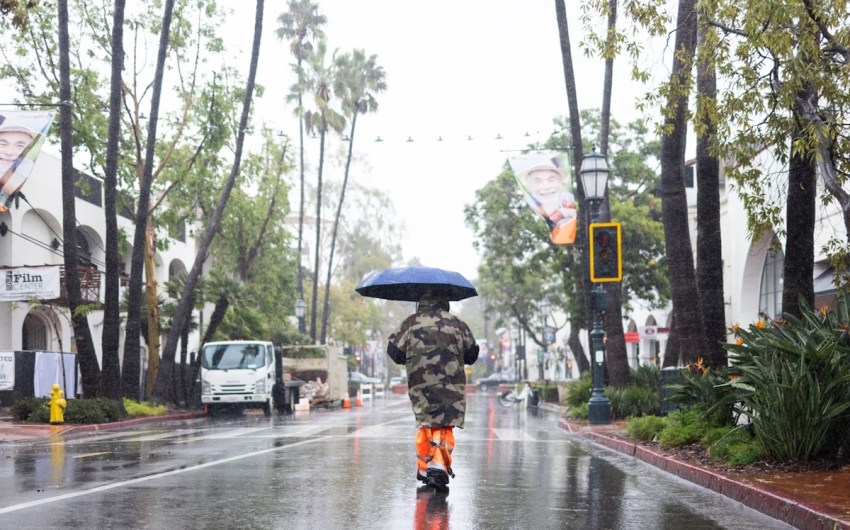
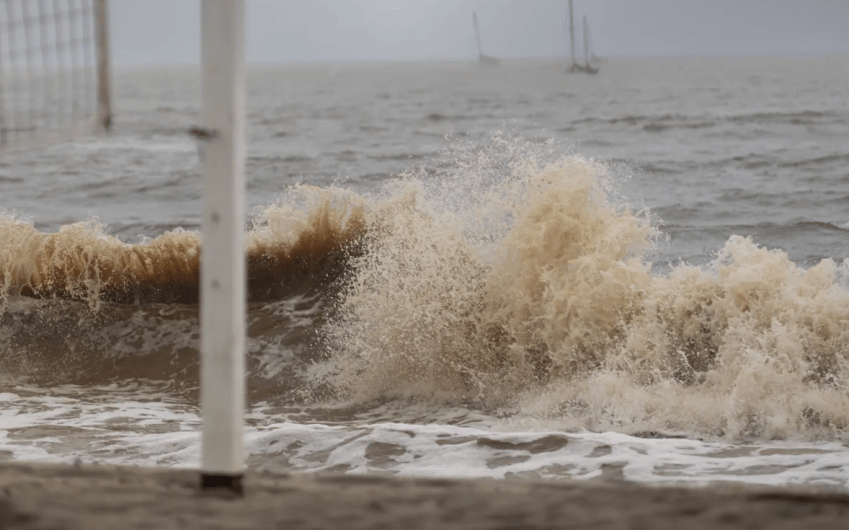
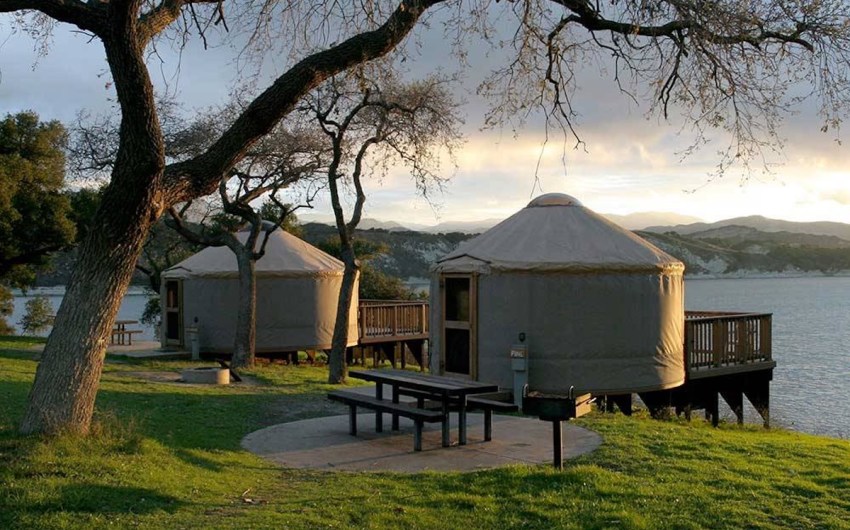
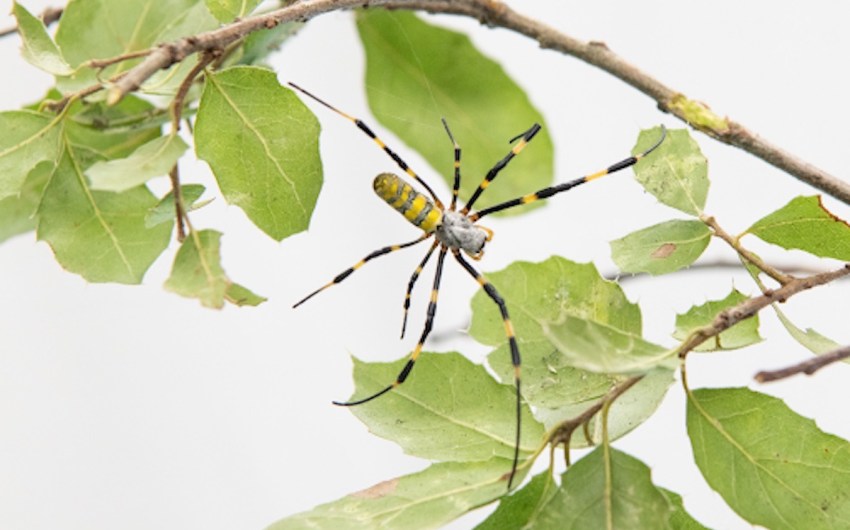

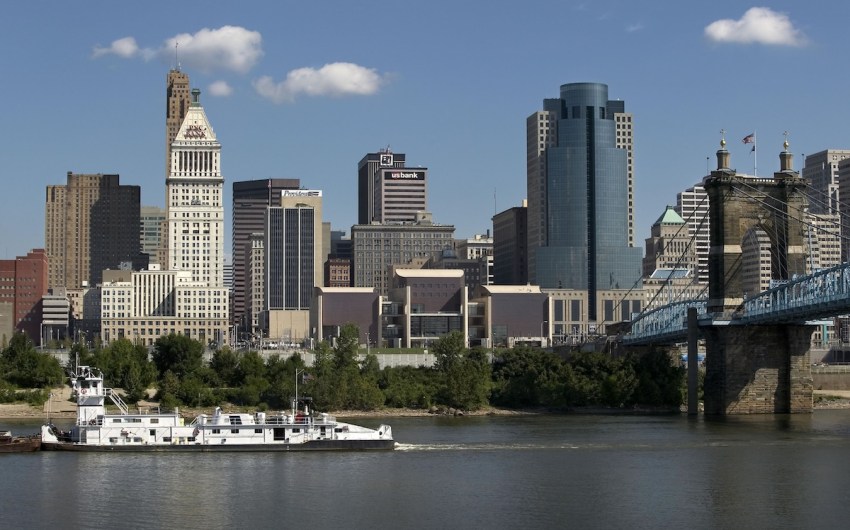

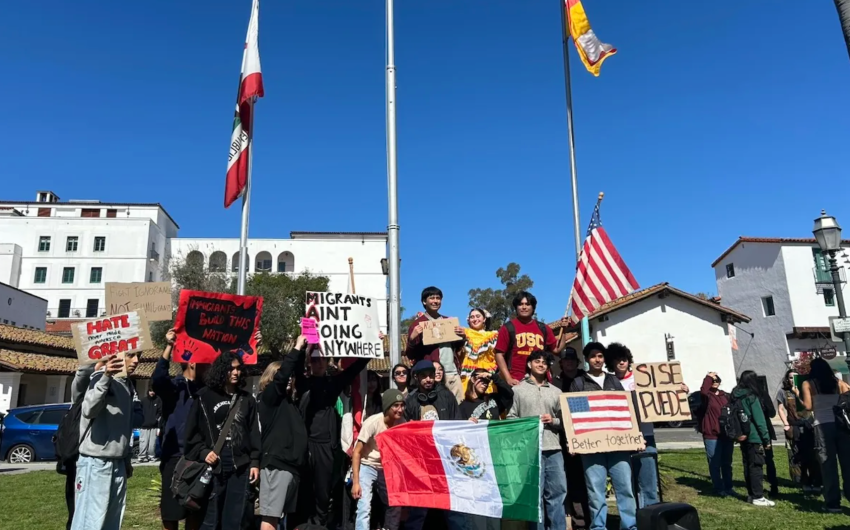

You must be logged in to post a comment.